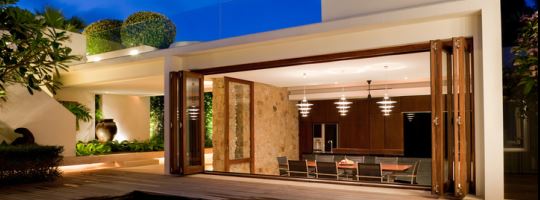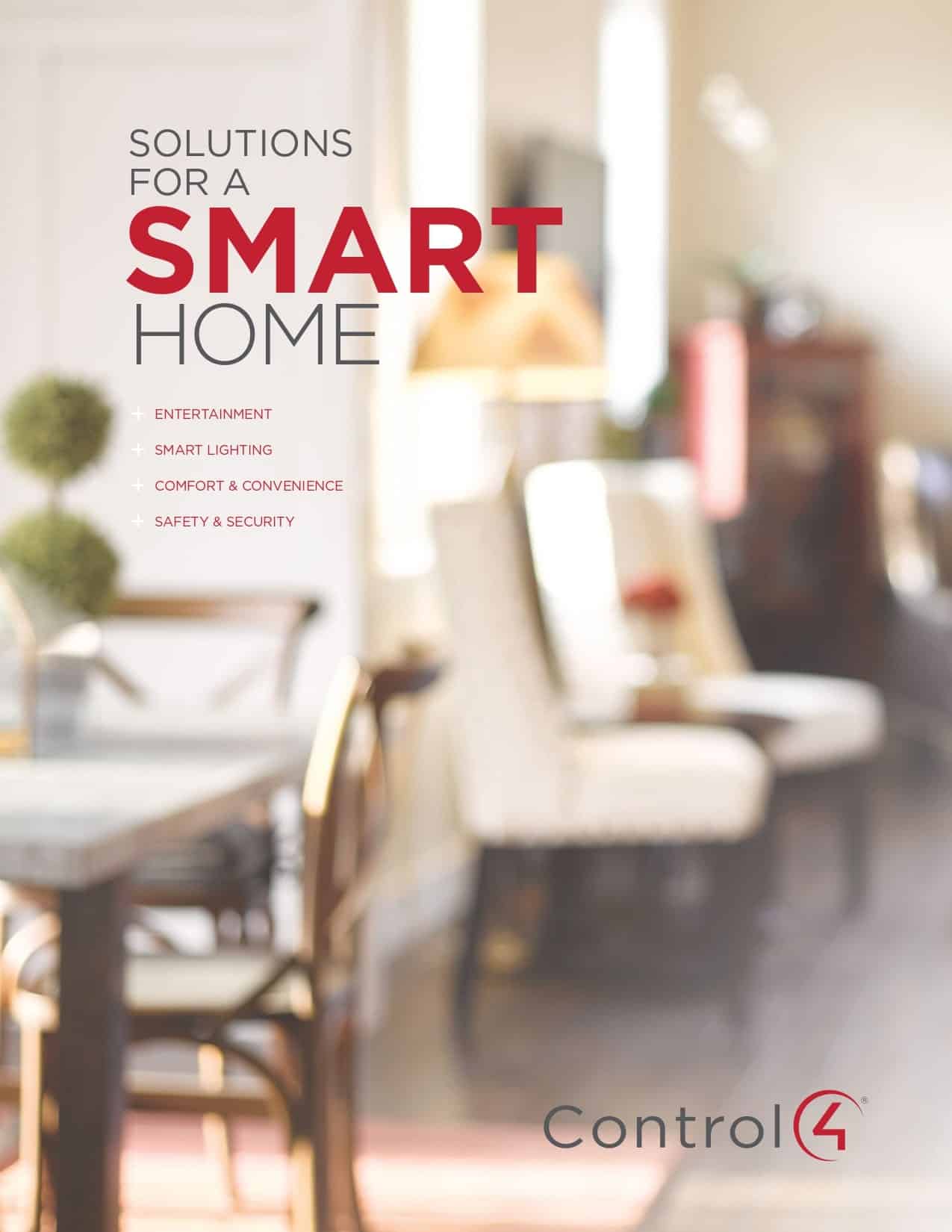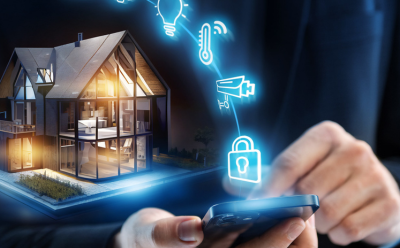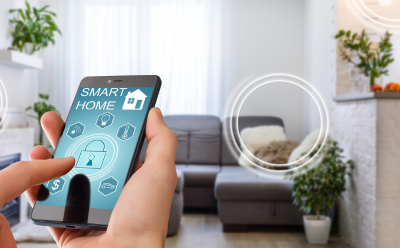Outdoor lighting used to mean flipping on the carport or house lights, or maybe turning on a security light on a pole. Those lights lit up the night, but in a harsh, and not always a useful or directed way. They tended to be unshielded and created a lot of unwelcome glare. But now that families are spending more time outside, and entertaining in a variety of settings, lights and the way we use them, has changed. The way we turn them on has changed too — with Lifetronic smart home technology. Lifetronic smart home technology can create a lighting mood with the touch of a finger or the preprogramming of an app. There are as many options, or more, for outdoor light settings as there are for indoor settings. But before you go shopping, it’s smart to think about what you want to get from your outdoor lighting design and what smart home technology you want to use.
Things To Think About Before Buying Lights
There’s a lot to be said for natural, late afternoon lighting from the sun that softens the mood of a backyard barbeque or formal dinner. And once the sun sets most of us want to keep that mood. How do you recreate the feeling of that warm, late afternoon light? How do you provide lights bright enough, but not so intrusive that people are blinded? How do you light up the night so people can see where they’re going, but not much else? How do you create a candlelit ambiance without having a hundred actual candles lit? The secret is not just in installing the right outdoor lights, but the system to control them. By installing lights that can be remotely controlled, either from your smartphone, tablet, or a central controller you can create a natural, seamless lighting experience no matter how many, few, or specialized your lighting system is.
Consider Your Entire Space As A Whole When Planning Outdoor Lighting
Visualize where your guests will sit, walk, and need light, as well as where lights can be placed to increase the drama, safety, and enhance the mood of your space. Think about the mood, the color, and the intensity of the lights you want. Lighting in an outdoor kitchen area or around a grill, for instance, might be stronger and brighter than the lighting for a small table or a conversation pit. This is also the time of the planning stage you’ll want to consider Lifetronic remote controls and how best to orchestrate when and how your lighting comes on.
Think about the color of your lighting. Most LED lights now come with a controller that lets you change the color with a push of a button. Go from red to yellow, to blue or purple or any color you like. Green lighting in a garden area can create a magical feel, while white lights along a pathway give guests a sense of security and sure footing. Sketch out your outdoor space. You don’t have to be an artist – simple circles and geometric spaces will do. Think about what people will be doing in each area—cooking, eating, relaxing, playing an outdoor game, or sitting and talking. You might want to put your lights on a timer so they go from bright to soft as the night progresses, then back to bright when people want to gather their belongings and head home for the evening.
Layer Your lights
Lifetronic smart home systems aren’t limited to a certain amount of lights, which means you can go as simple or as complex as you want, which is good. Lights don’t have to be, and shouldn’t all be at the same level. Have some lights at ground level—maybe to help with illuminating walkways or stairs. Have other lights on tabletops, or around seating areas. Use a variety of hanging lights, from small “fairy lights,” to larger bulbs and torches hanging from trees, or a pergola to really add a distinct mood to a space. Tiki lights can be a little above eye level. Just make sure all of your lights are a mix of high, low, and in between to ensure you create the lighting drama and ambiance you want. By incorporating electric rather than candles or fuel in your tiki lights you can create a source that comes on at a predetermined time to enhance a mysterious or romantic mood.
Focus On Special Features
If you have a fountain, hot tub, or garden feature, don’t be afraid to draw attention to it with tree lights (niche lighting). Tree lights are smaller niche lights, typically attached to tree trunks in some way. They shine down out of the tree, providing a light that’s filtered by the limbs and leaves. They can be dramatic, or unobtrusive as needed.
Use solar path lights to line a walkway, to show your guests where handrails or the outer edges of a deck or patio begin and end, as well as to illuminate your main traffic areas. Don’t just settle for the traditional either. Moroccan-inspired firepots or mini-lanterns can add just the right kind of evening drama your event might need.
Niche Lights
Niche lights are micro lights that are incredibly useful and flexible for a variety of settings. Use these small lights where discrete lighting, is needed and where conventional lighting would be too bright, or out of place. Think of the lighting in a garden, or along a walkway or near outdoor seating. A niche light might softly illuminate a gate, a hot tub, any place where you want light, but you want it to feel intimate and warm, not glaring. Using your
Chandeliers
Who said chandeliers were for indoor dining rooms? Not us! Use a chandelier, suspended from a tree, arbor, pergola, or even a pole set in the center of your table to create a unique focal point over the area where people gather for a meal.
Tree Lights
Downlighting, or light cast from overhead in an area, can transform a good lighting design into a stunning one. If you grill outdoors or have seating or activities in a pergola or around an arbor, downlights, or tree lights, can light up your space without being intrusive. No one likes balancing on a ladder while trying to install an outdoor light. A Uniball Tree Light means one screw and less time (and risk) spent hanging each fixture.
Well Lights
Well lights are in ground landscape lights—typically set into the ground where they cast their light upwards, through bushes, shrubs, or other groundcovers. They’re used to illuminate trees or other architectural features like a pergola or arbor.
Lip Lights
Lip lights are lights that are installed under the lip of a fence, wall, or other structure with an overhang or “lip.” They add tremendous mood, and light, to otherwise neglected or out-of-the-way features. Lifetronic’s smart home controllers let you program these, and all your lights, to come on at dusk and go off at dawn.
Mix Natural Lights With Technology
There’s nothing wrong with having flickering candles strategically placed around or on your table or in your seating areas. You can combine actual candles with flickering LEDs that mimic candlelight, or you use all LEDs to eliminate the risk of fire, pets, children, or unsteady guests from falling into a lit candle. Either way, you’ll enjoy the flickering lights—especially if they are connected to an app that can be set to turn on or off when you want them to.
The right lighting can make your dinner party, or outdoor entertaining intimate or dramatic. Take your time and choose your lights and your smart home technology well!





